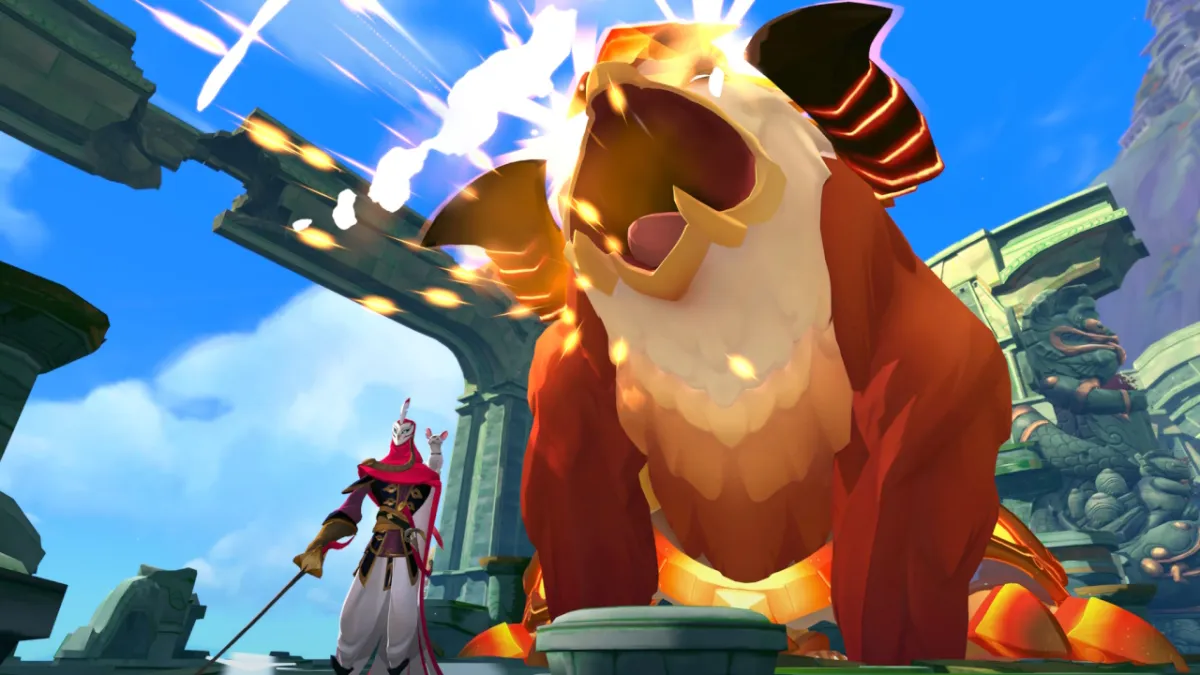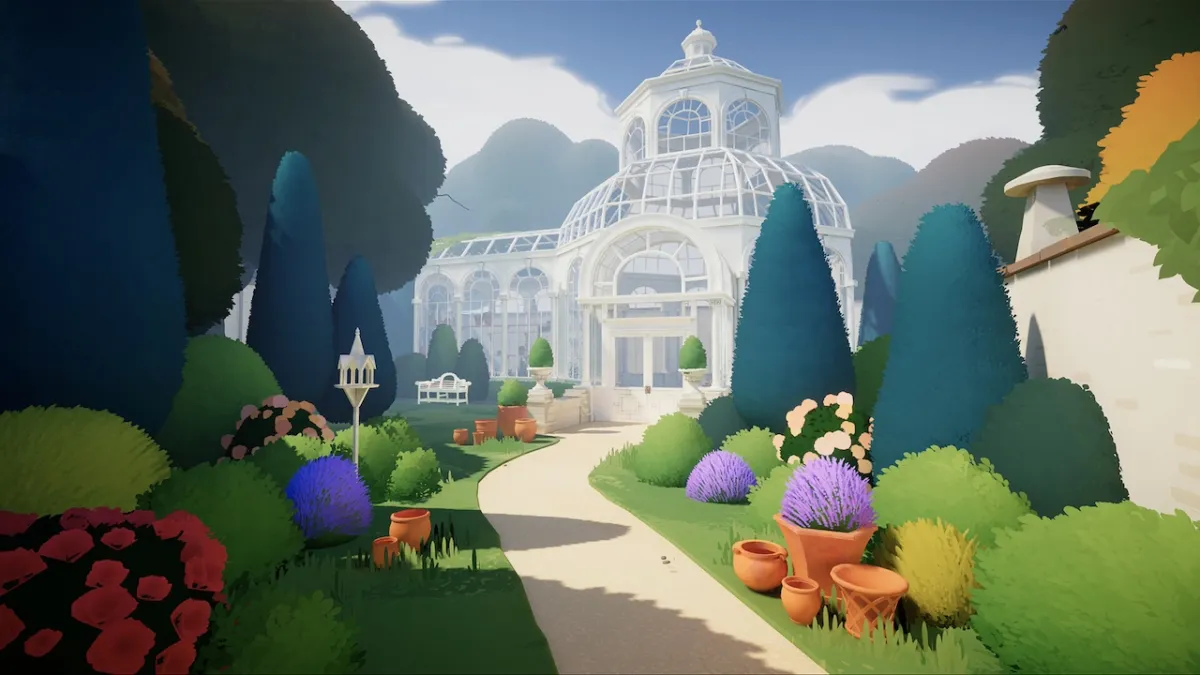Say what you will about the rest of Red Orchestra 2 (and there’s a lot to say), but the atmosphere is spot on. The game’s never going to win awards for graphical fidelity, but guns sound and feel right. The maps, set in war-torn Stalingrad, look like you’d imagine. The contextual comments the soldiers make – from bravado at spawn points, through to soul-rending cries of “It wasn’t supposed to end like this! Somebody, help me!” as they bleed to death – are a wonderful touch, giving a wholly unique flavour to the proceedings. A suppression bar decreases rapidly as bullets whizz past your head, draining the world of colour. Shift into iron sights to take aim, and your soldier’s breathing becomes audible as the gun gently rises and falls in time with his intake of air.
There’s little in the way of gung-ho heroics; the shouts of “Charge!” at the spawn points quickly change to screams of “Incoming!” and before long turn into gurgling death rattles and pleas for help from dying men. Even the excellent music – usually slow, orchestral, and mournful – hints at the horrifying loss of life that’s about to happen. It’s harrowing. Memo to self: never, ever, go to war.
For the most part, Red Orchestra 2 is a slow and methodical multiplayer FPS based around 1942’s Battle of Stalingrad, punctuated with staccato bursts of frantic action. With most servers hosting either 32 or 64 players there’s a whole lot of scope for getting shot from unexpected angles, and progress tends to be a slow push forward combined with mad dashes between cover. With this many players, if you stay exposed for long, you’re probably going to get a bullet through the chest.
Did I say servers? Yes. There is a single-player campaign, but it’s almost entirely without merit. It’s notable for being possibly the only World War 2 game in which the initial campaign is from the German perspective, and the between-mission cutscenes ratchet up the atmosphere by featuring historical footage and quotes from diaries of the soldiers at Stalingrad, but other than that it’s really just a series of bot matches against brain-dead AI that doesn’t have the first idea how to play. The AI charges around out in the open, ignores your orders, wanders away from objectives, has no idea how to play its class, and provides no assistance. At all. The single-player is terrible.
But for once, that’s fine by me: Red Orchestra was always a multiplayer game and it would’ve been foolish to expect something else from its sequel. It’s just a shame the the training missions (which actually have some use) are scattered throughout the length of the entire campaign.
The multiplayer itself comprises three game modes, all of which work well and provide different experiences, but Territory is the mode you’ll see running on most servers. It’s a capture-and-hold mode with only a few objectives accessible at a time, resulting in a push-and-pull and constantly changing frontlines as the match progresses.
Territory’s also where I spent most of my time, for a few reasons we’ll get to later. The game itself is class-based, and in Territory those classes are highly limited. This has its ups and downs: while it means that you’ll never fight a team made up of nothing but snipers, it also means that if you join a game mid-session, or if your computer’s slow on loading the next map, then you’re probably going to have to get very good at playing the basic Rifleman class – of which each team has approximately 72 million, because everyone else will have picked the limited classes. I’ve still yet to play Marksman in anything but single-player.
Still, the rifleman’s also the class I’ve enjoyed playing the most. While basic, armed only with a handful of grenades, a pistol, and a bolt-action rifle, they’re as frighteningly lethal as pretty much everything else in the game. An unseen rifleman lurking behind cover (you can enter cover behind most objects at the tap of a key, letting you either peek out to shoot or do some very literal blind firing) is as dangerous as any sniper, particularly if they’ve got the hang of bullet drop and how to lead targets.
Authenticity and realism are key, apparently, and this is showcased throughout the entire game. The maps look accurate to my layman’s eye. Tank interiors – if you’re lucky enough to get into one on the few maps that support them – are fully modelled, with player or AI crewman at each station, doing their jobs. Death is cheap and easy. Even the teams are asymmetrical, to keep things a little more “real”, although this also means the Germans are the only ones with assault rifles.
At this stage it doesn’t seem as absurdly unbalanced as it sounds, thanks to the limited class numbers, the lethality of every single weapon, and the emphasis on caution and tactics rather than charging in shooting, but the German team does seem to fill up faster than the Russians at the start of any new round, and I wonder if it might prove a decisive factor when people start to get very, very good.
But for most new players it won’t be too much of a problem anyway: weapons are unlocked and upgraded (usually by tiny amounts – say 1% to a few minor stats, like reload speed, when you level up) at a glacial pace. Again, this isn’t a huge problem because everything’s dangerous enough anyway; the only occasions when I’ve been dominated by higher-ranked players are when it’s come down to close-quarters combat, because they have bayonets on their rifles and I don’t.
If you’re into slower, more thoughtful FPS games then this doubtless sounds amazing and, well, it is. Desperation, panic, and cold fear are your constant friends. Death comes instantly and regularly; for every occasion on which you manage to flank a group of foes and take them all down without a scratch, there are 10 in which someone in front of you is cut down by a bullet fired from an unseen enemy, and you know you’re next, and you know he’s aiming at you, and you don’t have a clue where he is.
Red Orchestra 2 is an astonishingly evocative game, it’s perpetually exciting, it relies heavily on tactical thinking, and it’s packed full of excellent little moments. If this sounds like it’s up your street, it probably is.
It’s also one of the most shockingly unpolished titles I’ve seen in awhile. I don’t mean unpolished in terms of “some of the textures look a bit cack”, or “that animation’s awfully shonky”; while both of those are occasionally true the atmosphere is generally as solid as a Russian grain elevator. No, I’m talking about bugs: Red Orchestra 2 has been released in an unbelievable state.
Over the 10 hours or so I’ve spent with it I’ve suffered a couple of crashes-to-desktop, I’ve gotten stuck in the ground and been unable to do anything for an entire match, I’ve had numerous occasions in which my gun hasn’t fired upon my clicking the mouse, and I’ve had all in-game sound inexplicably vanish a few times.
While the game runs smoothly enough most of the time I’ve had occasional blips where things just freeze for a second or two and, while it’s somewhat understandable for a game with server counts ranging from 32 to 64, I’ve never had less than 100 ping in a game. That’s why I spent most of my time playing Territory: most of the other servers were far, far worse.
There are also a few really weird decisions. The cover system, for the most part, works well – but there are times when certain things simply can’t be used as cover for no apparent reason. Equally bizarre is the decision to bind about seventeen different functions to left-Ctrl, which (depending on context) you’ll be using to duck into cover, apply bandages, pick up weapons, supply your teammates, and use gun emplacements. For the most part the game works it out okay, but there are certainly occasional moments of needless frustration.
Red Orchestra 2 shouldn’t have been released like this; it needed a few more months in the game-baking oven. But, well, it’s here now, and we have to deal with it.
It is, without a doubt, a great game. The community is welcoming and polite and the matches I’ve played have tended to be tense, close-fought, and full of excellent little moments, across a series of maps that showcase some truly excellent design. Contrastingly, it’s also a hugely buggy affair.
It reminds me of an old sofa: it’s excellent fun to bounce around on, right up until the point when something comes loose and you get a sharp spring up your arse. If Red Orchestra 2 appeals then I daresay you’ll have a great deal of fun, but you might want to leave it a month to see if things improve.
Read Article Infection Free Zone review – Zombies in your backyard

Rating:
7.5

Category:
Reviews
Infection Free Zone review – Zombies in your backyard


